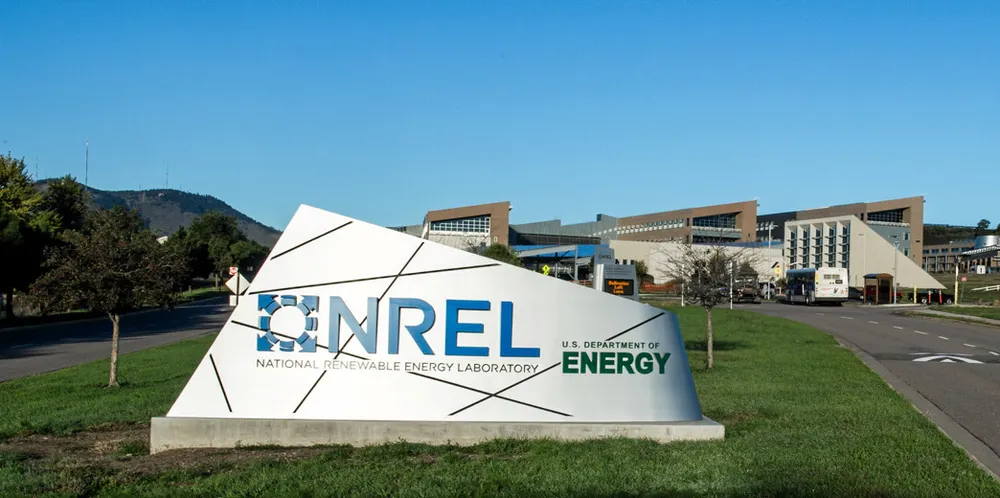'Grand national challenge': US skunk works engineers energy system of the future
Researchers from the Department of Energy's three applied energy labs have developed a model with 'resilience, reliability, affordability and security – and sustainability'
